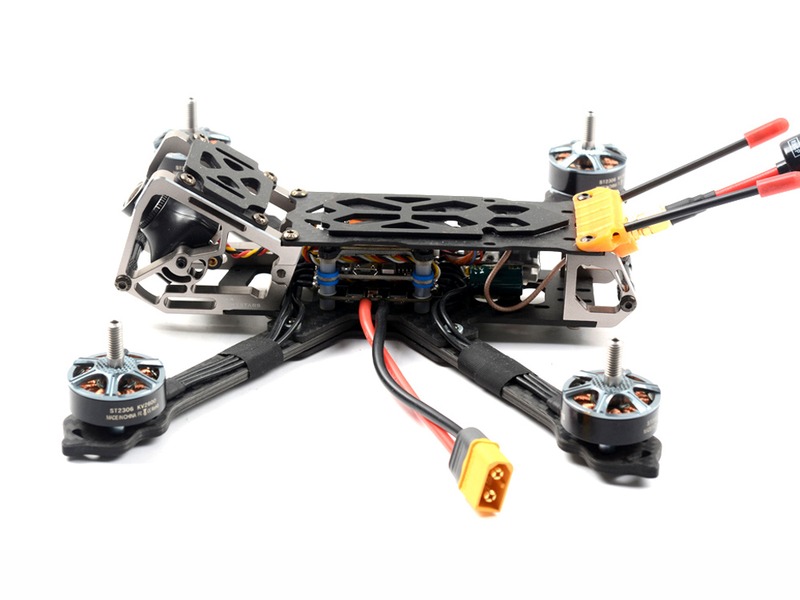How high can a quadcopter fly?

A quadcopter, or quadrotor, is an unmanned aerial vehicle (UAV) that is powered by four rotors. Quadcopters are highly maneuverable and can be used for a variety of purposes, such as aerial photography, surveillance, search and rescue, and delivery. With the advances in technology, quadcopters have become increasingly popular over the last decade.
The answer to the question of how high a quadcopter can fly depends on a few factors. The first is the type of quadcopter being used. Different types of quadcopters have different capabilities in terms of weight and power, which affects the maximum altitude they can reach. Hobbyist quadcopters typically have a maximum altitude of around 400 feet, while professional quadcopters can reach altitudes of up to 1,000 feet.
The second factor is the weight of the payload being carried. A quadcopter’s maximum altitude is directly affected by the weight of the payload it is carrying. If a quadcopter is carrying a heavy payload, it will be limited in how high it can fly. On the other hand, if the payload is light, then the quadcopter can likely reach higher altitudes.
The third factor is the battery life of the quadcopter itself. A quadcopter’s battery life determines how long it can stay in the air before needing to be recharged. If a quadcopter has a short battery life, then it will be limited in how high it can fly before needing to return to the ground.
Finally, the type of environment the quadcopter is flying in will also affect its maximum altitude. If the quadcopter is flying in an area with strong winds or turbulence, then it will be limited in how high it can fly. Additionally, if the area is at a higher altitude, then the quadcopter will be limited in how high it can fly due to the thinner air.
In conclusion, the answer to the question of how high a quadcopter can fly depends on a few factors, including the type of quadcopter being used, the weight of the payload, the battery life of the quadcopter, and the environment in which it is flying. Hobbyist quadcopters typically have a maximum altitude of around 400 feet, while professional quadcopters can reach altitudes of up to 1,000 feet. However, these numbers can vary depending on the factors mentioned above.
Comments / Question
1. Ensure that you are flying in an area with no obstacles or other aircraft.
2. Make sure your quadcopter is equipped with an altimeter, as this will help you keep track of your altitude and avoid potential hazards.
3. Check the weather conditions before flying to ensure that the wind and temperature are not too strong or too cold.
4. Be aware of the maximum range and speed of your quadcopter and do not exceed these limits.
5. Monitor your battery life and land before it runs out.
6. Always use the appropriate safety gear, such as goggles, when flying.
7. Make sure to stay in visual contact with your quadcopter at all times.
8. Follow all local laws and regulations regarding flying a quadcopter.
2. Motor Power – The amount of power available from the craft's motors will affect how high it can fly. The higher the power output, the greater the lift that can be generated, which in turn can allow the craft to reach higher altitudes.
3. Weight – The weight and size of the craft affects how much lift it can generate. If a craft is too heavy for the available thrust to lift, it will not be able to fly very high.
4. Battery – The battery powering the craft will limit how long it can fly and should be considered when selecting the propulsion system.
5. Air Pressure - Low air pressure or high altitude will reduce the lift generated by a craft, limiting its potential height.

